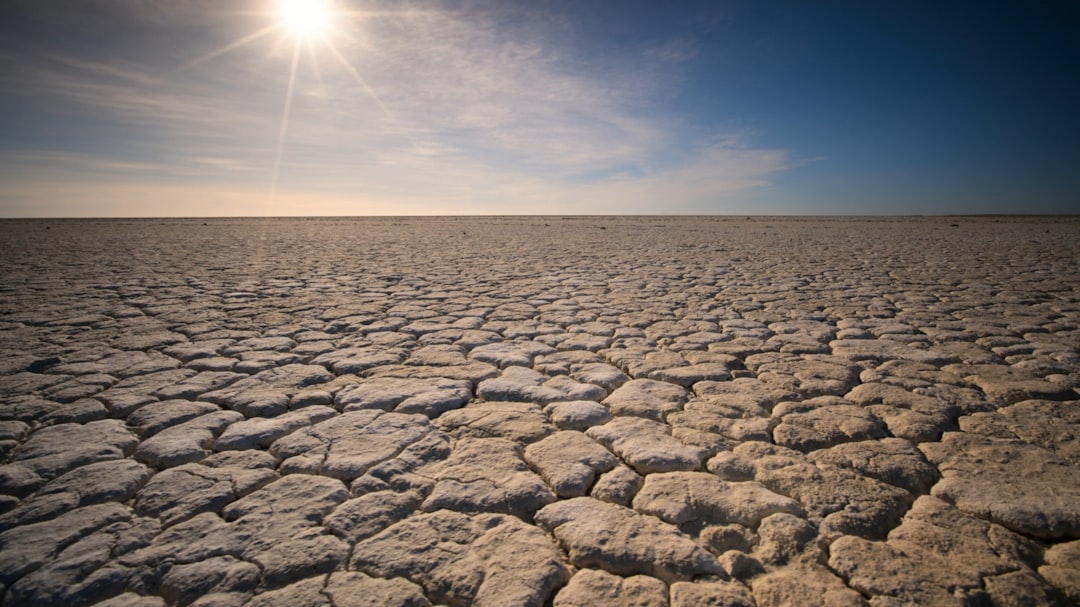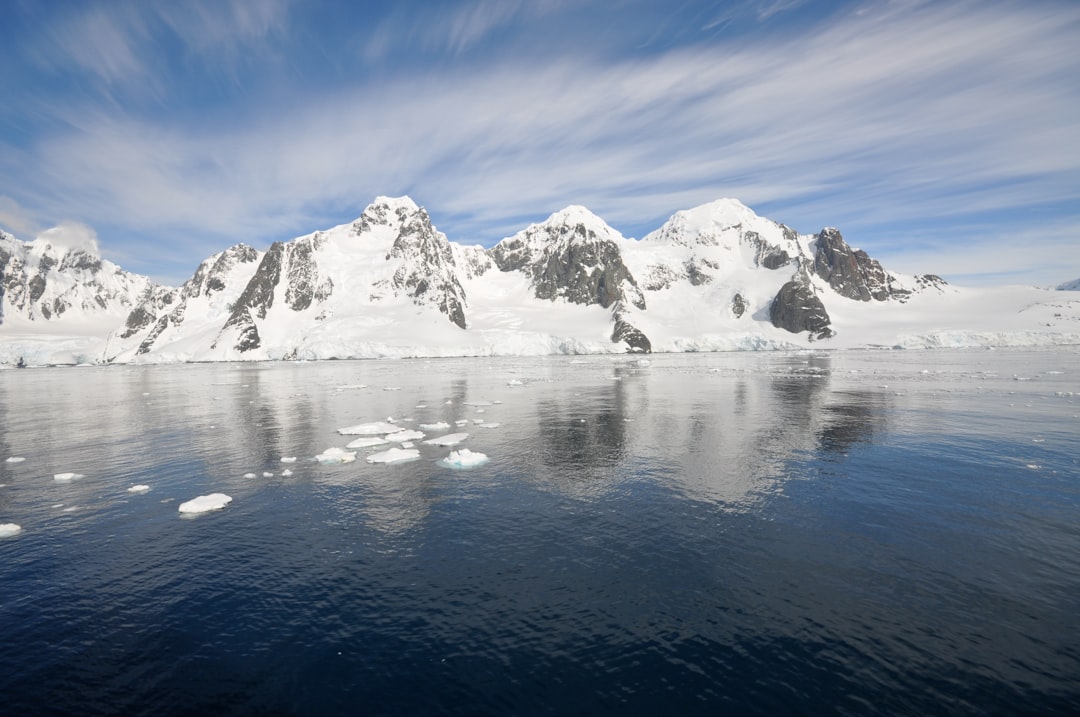What is it about?
This study explores the possible to better constrain pan-Arctic methane emissions by assimilating SCIAMACHY methane retrievals and using different process-based wetland and lake biogeochemical models.
Featured Image
Why is it important?
The Arctic regions could emit much more methane, a powerful greenhouse gas, in the 21st century with rapid warming. However, the existing estimates of methane emissions from the Arctic are very uncertain due to the sparse of ground observations and the uncertainty in biogeochemical models. And in this study, we indicated that by using satellite methane observations, which have much broader coverage than ground observations, can reduce the uncertainty of the estimate of pan-Arctic methane emissions. It also shows that methane emissions from lakes are important in the carbon balance of some Arctic regions.
Perspectives
I did the first study to use satellite observations to constrain pan-Arctic methane emissions.
Dr Zeli Tan
Purdue University
Read the Original
This page is a summary of: Inverse modeling of pan-Arctic methane emissions at high spatial resolution: what can we learn from assimilating satellite retrievals and using different process-based wetland and lake biogeochemical models?, Atmospheric Chemistry and Physics, October 2016, Copernicus GmbH,
DOI: 10.5194/acp-16-12649-2016.
You can read the full text:
Contributors
The following have contributed to this page










